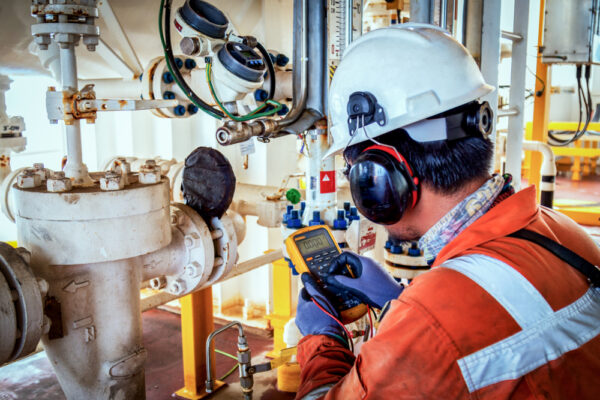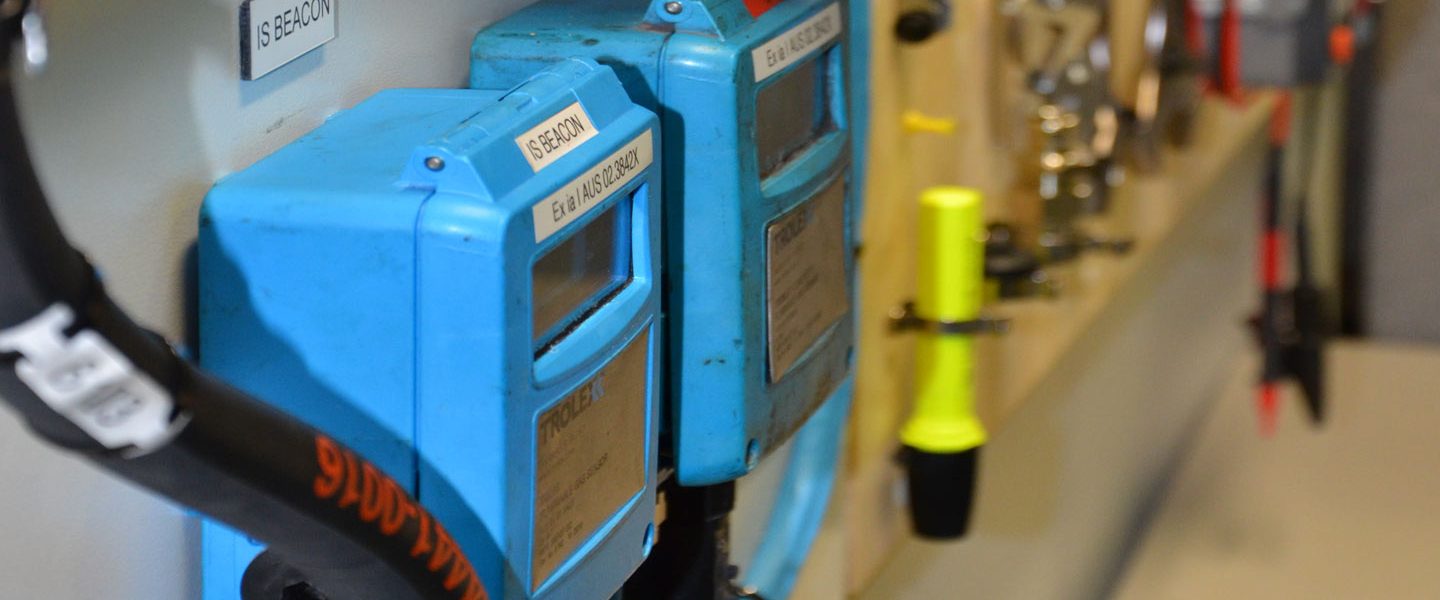The Main Principles Of Roar Solutions
The Main Principles Of Roar Solutions
Blog Article
The Greatest Guide To Roar Solutions
Table of ContentsThe Of Roar SolutionsMore About Roar SolutionsThe Best Strategy To Use For Roar Solutions
In order to safeguard installations from a possible surge a technique of analysing and identifying a possibly unsafe area is called for. The function of this is to make sure the correct option and installation of equipment to inevitably protect against a surge and to make sure safety of life.
(https://blogfreely.net/roarsolutions/k2jcmwhm4p)
No equipment must be mounted where the surface temperature of the devices is more than the ignition temperature of the given danger. Below are some usual dirt hazardous and their minimum ignition temperature level. Coal Dirt 380C 225C Polythene 420C (melts) Methyl Cellulose 420C 320C Starch 460C 435C Flour 490C 340C Sugar 490C 460C Grain Dust 510C 300C Phenolic Resin 530C > 450C Aluminium 590C > 450C PVC 700C > 450C Soot 810C 570C The probability of the threat existing in a concentration high sufficient to trigger an ignition will vary from place to place.
In order to identify this threat an installation is divided into areas of risk relying on the quantity of time the hazardous exists. These areas are described as Areas. For gases and vapours and dirts and fibres there are 3 areas. Area 0 Zone 20 A harmful ambience is highly most likely to be existing and might be existing for extended periods of time (> 1000 hours annually) and even continually Area 1 Area 21 A harmful atmosphere is feasible yet not likely to be present for extended periods of time (> 10 450 C [842 F] A classification of T6 implies the minimal ignition temperature level is > 85 C [185 F] Dangerous area electrical tools perhaps created for use in higher ambient temperatures. This would suggested on the score plate e.g. EExe II C T3 Ta + 60C( This means at 60C ambient T3 will not be exceeded) T1 T1, T2, T3, T4, T5, T6 T2 T2, T3, T4, T5, T6 T3 T3, T4, T5, T6 T4 T4, T5, T6 T5 T5, T6 T6 T6 A T Course score of T1 indicates the maximum surface temperature level created by the tool at 40 C is 450 C. Presuming the linked T Course and Temperature level ranking for the equipment are suitable for the location, you can always make use of a tool with a more rigorous Department score than needed for the location. There isn't a clear solution to this inquiry unfortunately. It actually does depend upon the type of equipment and what fixings need to be accomplished. Tools with specific test procedures that can't be carried out in the field in order to achieve/maintain 3rd party score. Need to return to the factory if it is before the tools's solution. Area Repair Service By Authorised Employee: Difficult testing may not be called for nevertheless details procedures may require to be adhered to in order for the equipment to maintain its third celebration rating. Authorised workers have to be used to perform the work correctly Repair should be a like for like replacement. New component need to be thought about as a straight replacement calling for no unique screening of the equipment after the repair work is full. Each tool with a harmful ranking should be assessed individually. These are laid out at a high level below, yet for more comprehensive info, please refer straight to the standards.
Roar Solutions Things To Know Before You Get This
The equipment register is an extensive database of tools documents that includes a minimum collection of fields to determine each item's location, technological criteria, Ex lover classification, age, and ecological information. This details is vital for monitoring and taking care of the devices effectively within unsafe locations. On the other hand, for routine or RBI sampling inspections, the quality will be a mix of Thorough and Close assessments. The ratio of Thorough to Close evaluations will be identified by the Equipment Threat, which is examined based on ignition risk (the likelihood of a source of ignition versus the chance of a flammable ambience )and the harmful location classification
( Area 0, 1, or 2). This variation will certainly likewise influence the resourcing needs for work prep work. When Great deals are defined, you can establish tasting plans based upon the example dimension of each Lot, which refers to the variety of random devices products to be checked. To determine the needed example dimension, two elements need to be assessed: the size of the Great deal and the category of examination, which indicates the level of initiative that ought to be applied( lowered, normal, or increased )to the assessment of the Whole lot. By combining the category of evaluation with the Great deal dimension, you can after that develop the appropriate rejection requirements for a sample, suggesting the allowed variety of faulty items discovered within that sample. For more details on this process, please refer to the Energy Institute Guidelines. The IEC 60079 common advises that the maximum interval between evaluations must not exceed three years. EEHA examinations will likewise be performed beyond RBI projects as part of scheduled maintenance and equipment overhauls or repair work. These inspections can be credited toward the RBI sample dimensions within the influenced Whole lots. EEHA examinations are performed to determine mistakes in electrical equipment. A heavy racking up system is essential, as a solitary item of devices may have visit homepage several faults, each with varying levels of ignition risk. If the combined score of both examinations is much less than twice the mistake rating, the Great deal is considered appropriate. If the Whole lot is still taken into consideration undesirable, it needs to undergo a complete assessment or justification, which may cause more stringent assessment protocols. Accepted Whole lot: The reasons of any mistakes are determined. If a common failing mode is found, added equipment might need maintenance. Mistakes are identified by severity( Safety, Honesty, Housekeeping ), making certain that immediate issues are evaluated and addressed quickly to reduce any influence on safety or procedures. The EEHA data source need to track and record the lifecycle of mistakes together with the rehabilitative actions taken. Implementing a durable Risk-Based Inspection( RBI )approach is critical for guaranteeing conformity and security in taking care of Electrical Equipment in Hazardous Areas( EEHA) (eeha). Automated Fault Rating and Lifecycle Monitoring: Effortlessly take care of faults and track their lifecycle to boost assessment precision. The introduction of this support for risk-based assessment even more reinforces Inspectivity's position as a best-in-class option for regulatory compliance, along with for any asset-centric examination usage case. If you have an interest in discovering more, we invite you to request a presentation and find exactly how our option can change your EEHA monitoring procedures.
What Does Roar Solutions Do?

In terms of eruptive risk, a harmful area is an environment in which an explosive atmosphere exists (or might be anticipated to be existing) in quantities that need special safety measures for the building, installation and use of equipment. eeha certificate. In this article we explore the difficulties encountered in the work environment, the risk control actions, and the needed competencies to function safely
It issues of modern-day life that we make, store or handle an array of gases or liquids that are deemed combustible, and a variety of dusts that are regarded combustible. These materials can, in certain problems, develop eruptive environments and these can have major and awful consequences. A lot of us are familiar with the fire triangular eliminate any among the 3 elements and the fire can not take place, but what does this mean in the context of unsafe areas? When damaging this down into its easiest terms it is essentially: a mix of a specific amount of launch or leak of a particular compound or material, combining with ambient oxygen, and the existence of a source of ignition.
In many circumstances, we can do little concerning the levels of oxygen in the air, but we can have considerable impact on resources of ignition, as an example electrical devices. Hazardous areas are recorded on the dangerous location category drawing and are recognized on-site by the triangular "EX" indication. Here, amongst other vital info, areas are split right into 3 kinds depending upon the hazard, the probability and period that an eruptive ambience will certainly exist; Area 0 or 20 is considered one of the most unsafe and Area 2 or 22 is regarded the least.
Report this page